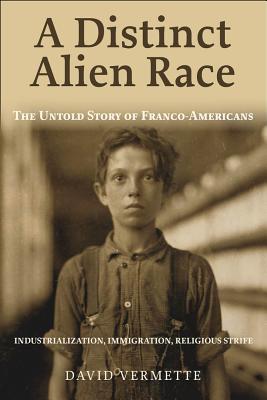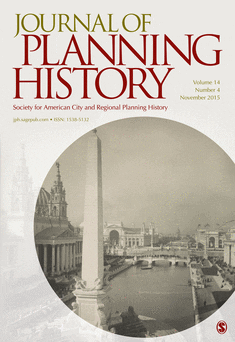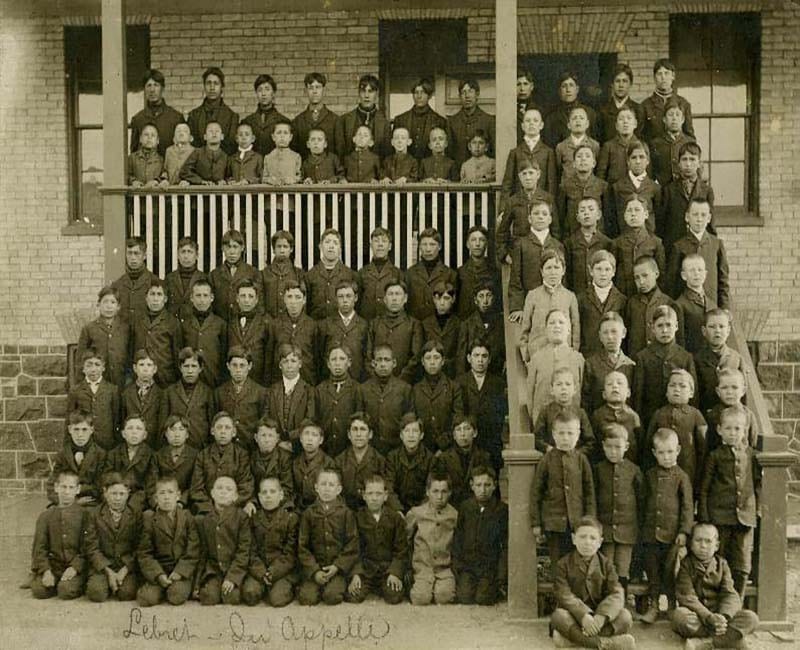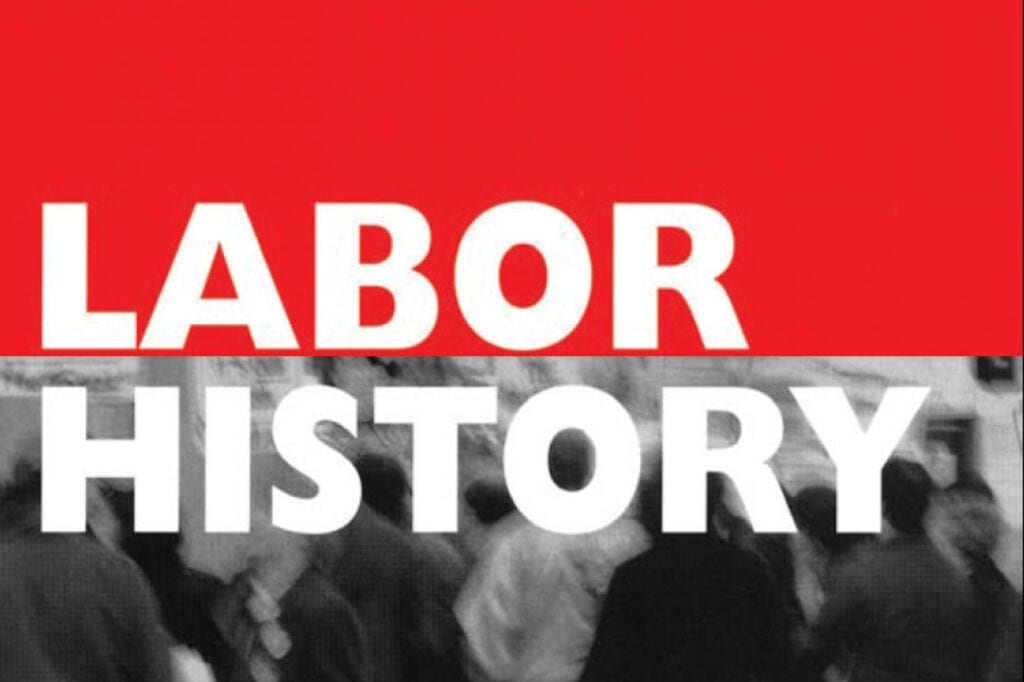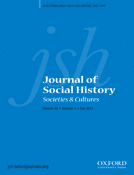
American Trip: Set, Setting, and the Psychedelic Experience in the Twentieth Century

news, new scholarship & more from around the world


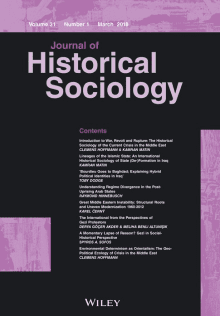



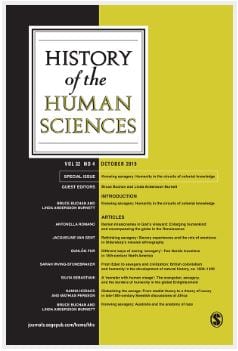




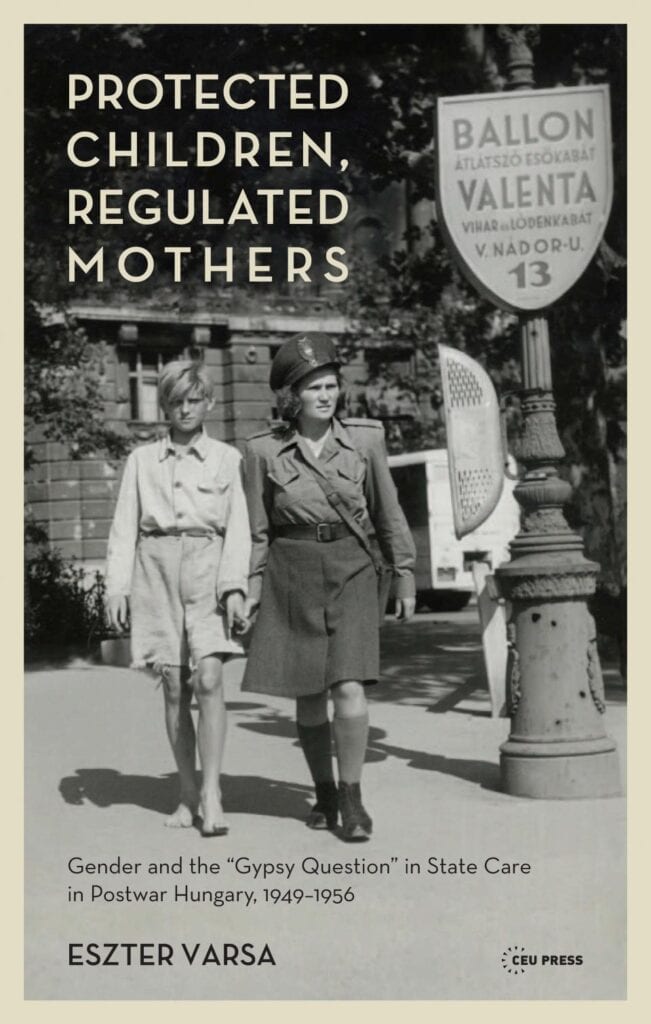








Wat Tyler was murdered for leading the peasants


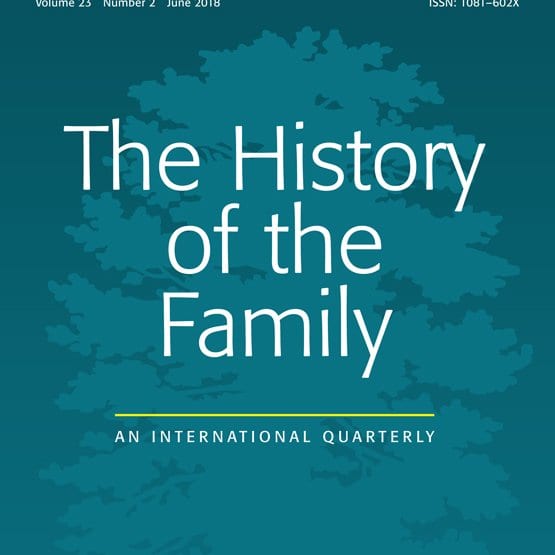
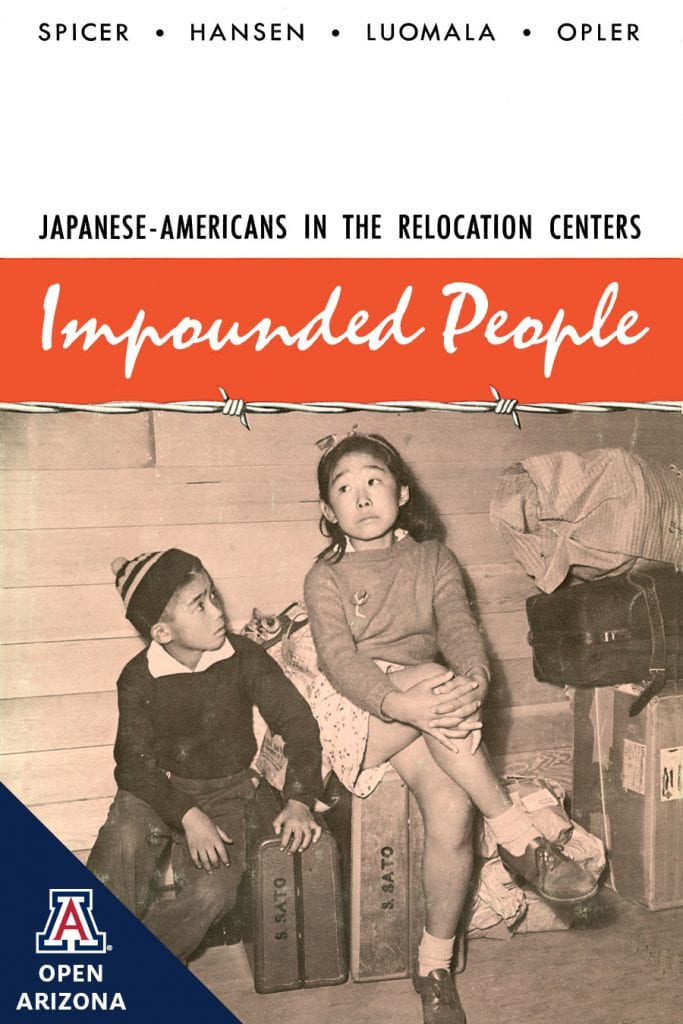
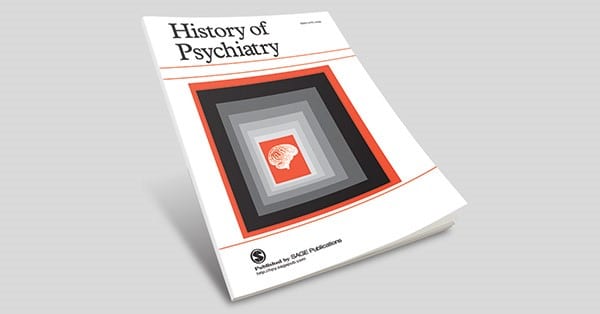

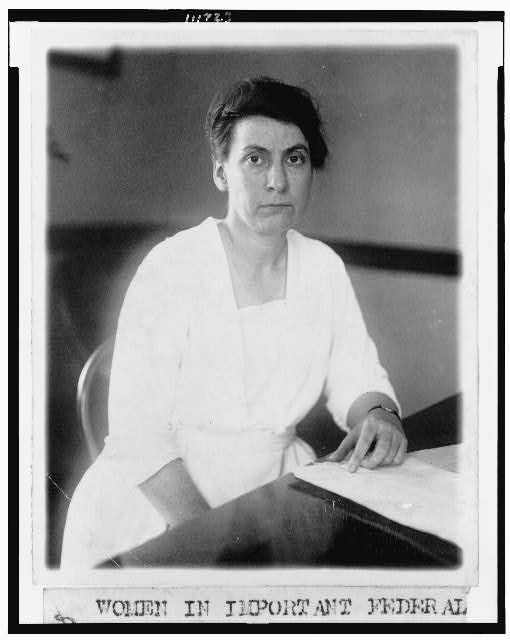
Grace Abbott and her sister Edith fought for social welfare reform on behalf of the urban lower classes, working with Jane Addams at Hull House in Chicago from 1908 to 1920. In 1921, Grace Abbott became head of the Children’s Bureau, part of the U.S. Department of Labor.
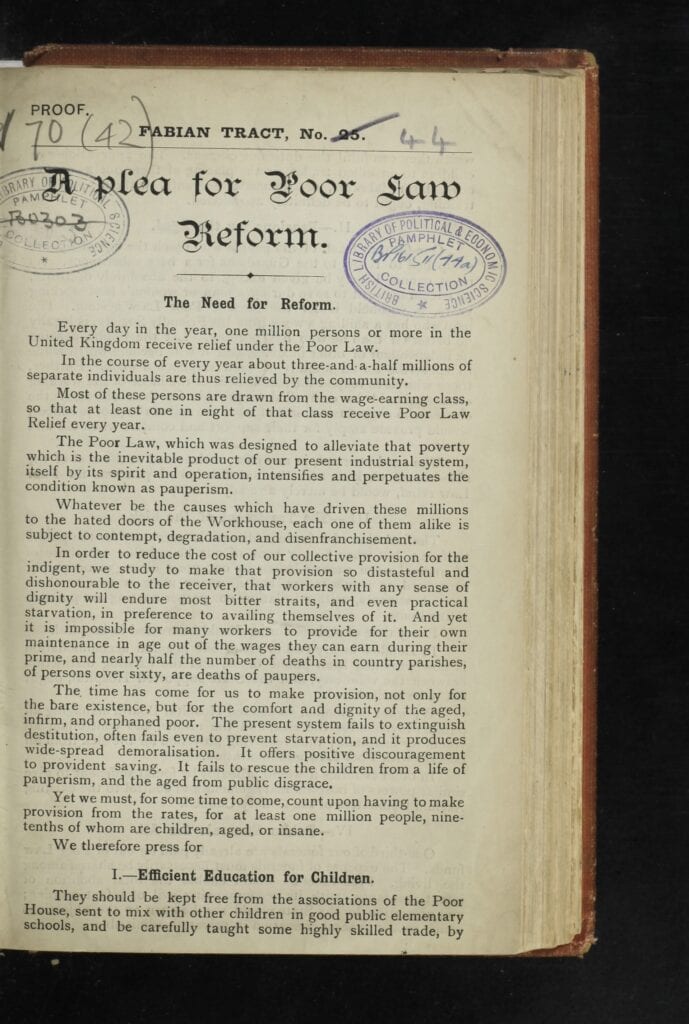

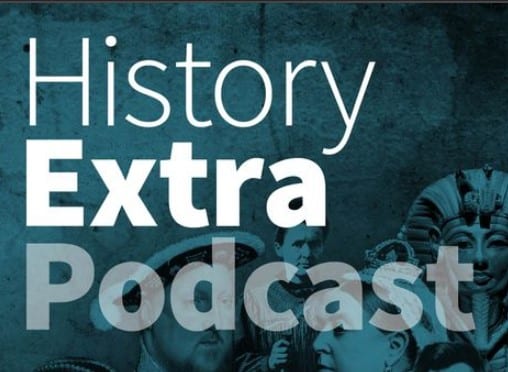
Was Al Capone’s brother really a Prohibition agent? What was the atmosphere in a speakeasy like? And why did Americans think that banning booze would ever work? In the latest episode in our series on history’s biggest topics, historian Timothy Hickman responds to listener questions and popular internet search queries on the ban on booze in 1920s America.
See acast.com/privacy for privacy and opt-out information.


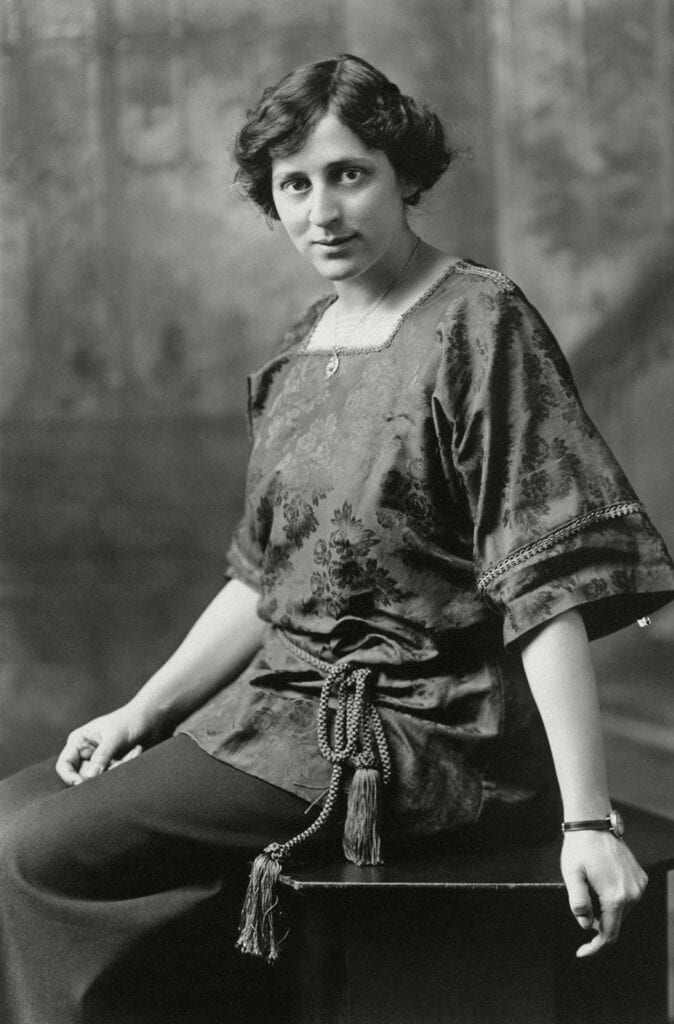
The socialist feminist leader Crystal Eastman


